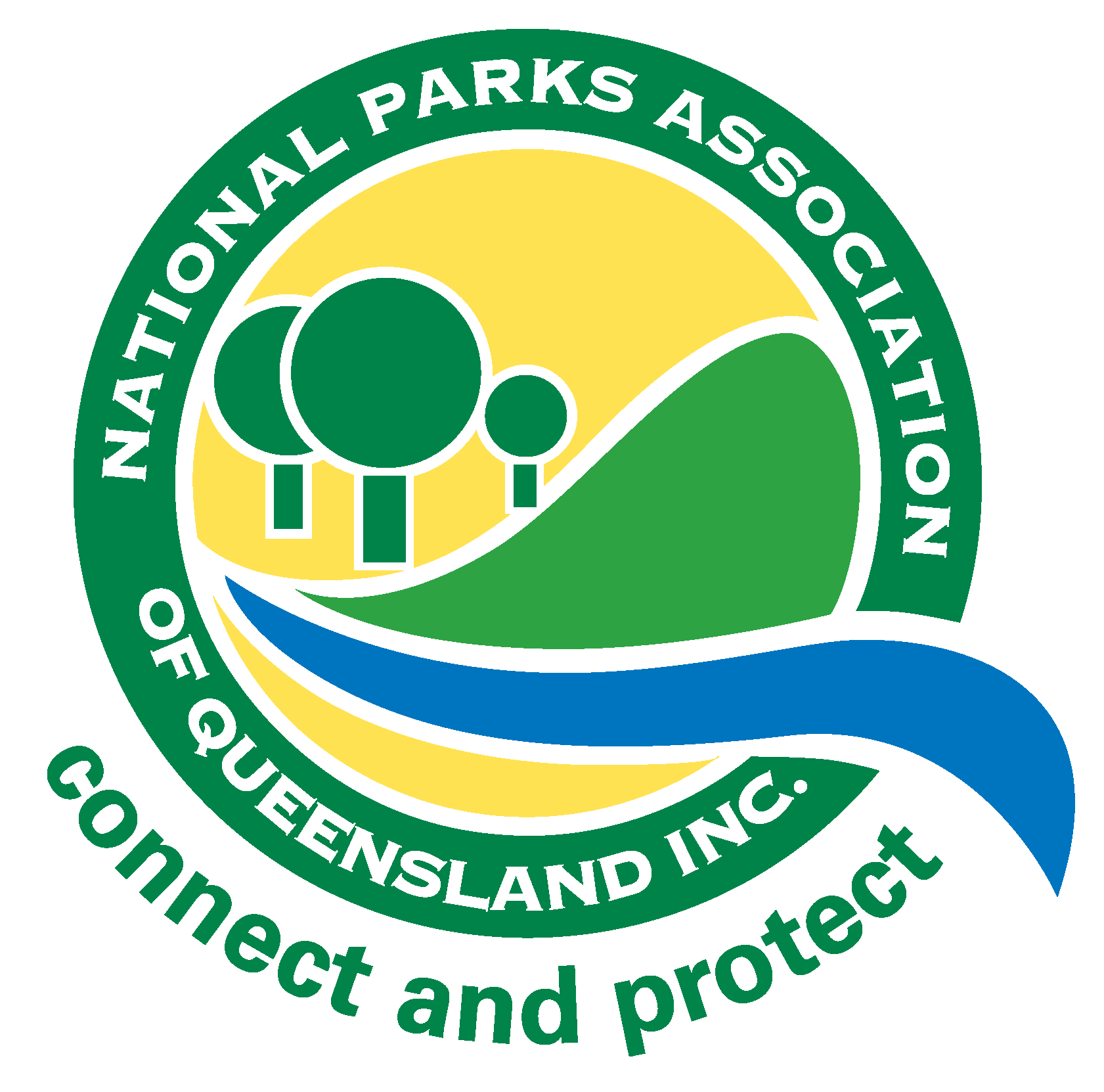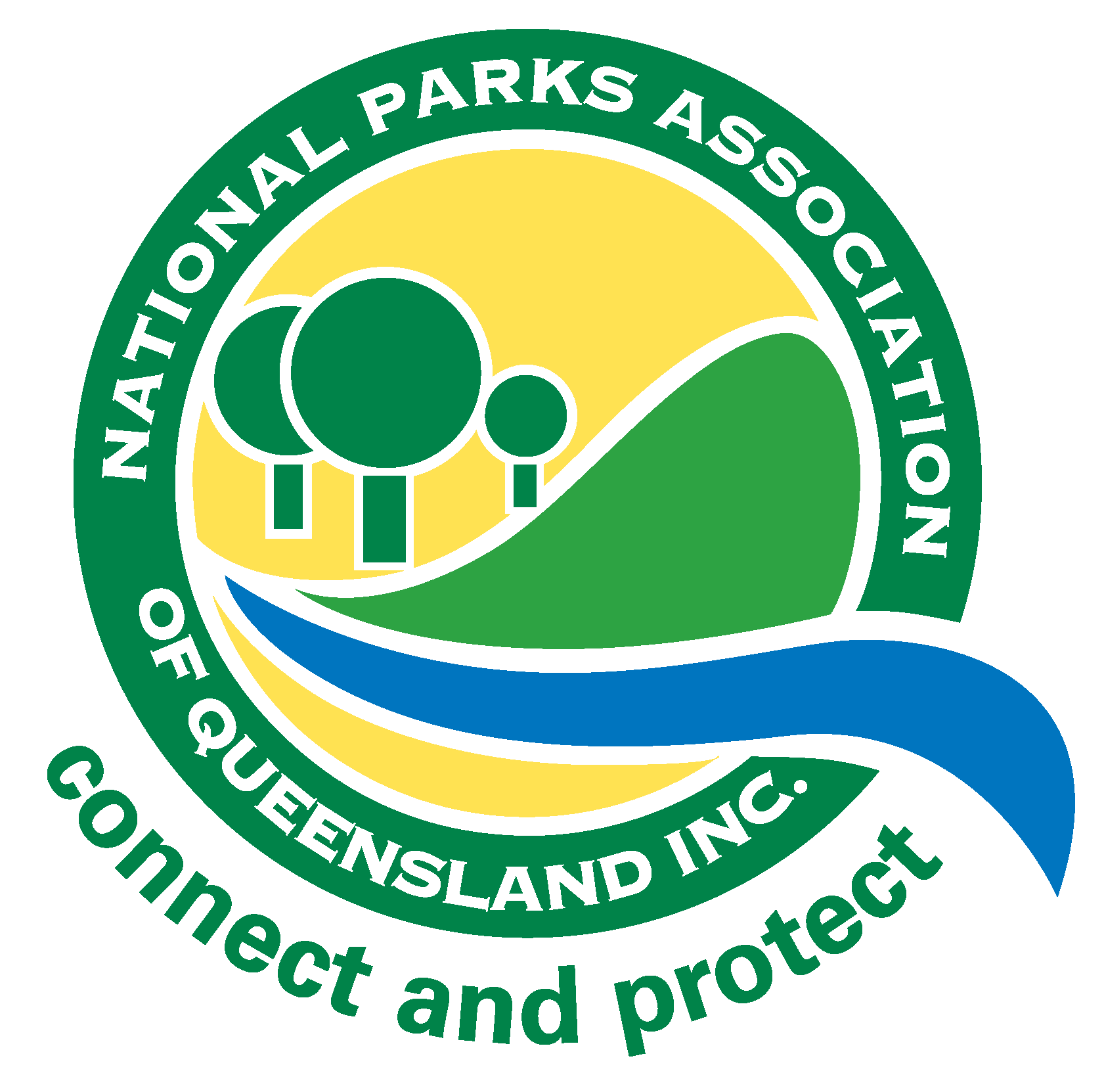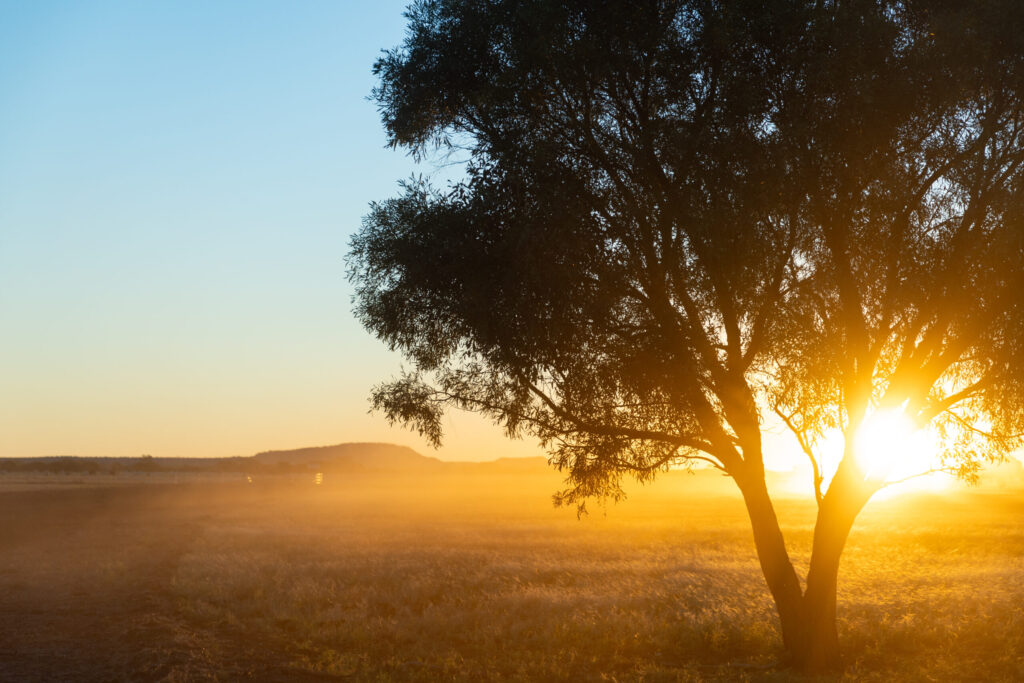National Parks
Protecting Beautiful Western Queensland – a Huge Win for Wildlife and Wanderers
The State government’s landmark acquisition of 352,589-ha Vergemont Station is an unprecedented win for western Queensland’s threatened species and a call to action for nature lovers and adventurers
Imagine you could explore a natural wonderland bigger than the USA’s Yosemite National Park within a day’s drive of Brisbane. A place of incredible arid landscapes and some of the earth’s last free-flowing desert rivers. A place at the headwaters of the Lake Eyre Basin, and one that would create a 15-million-ha riverine wildlife corridor through Queensland’s Channel Country. A place that would provide sanctuary for the endangered night parrot (Pezoporus occidentalis), the vulnerable yellow-footed rock-wallaby (Petrogale xanthopus) and the restricted Opalton grasswren (Amytornis rowleyi). For nature lovers and outdoor adventurers, that possibility has become a reality with the acquisition of 352,589 ha of far-western riverine habitat near Longreach for Queensland’s newest national park.
“This landmark purchase shows what’s achievable when people work together to protect vital, often unrepresented habitat,” said National Parks Association of Queensland CEO Chris Thomas. “Better yet, it demonstrates the State government’s commitment to meeting environmental sustainability and biodiversity goals and protecting 17 per cent of Queensland’s land mass by 2030.”
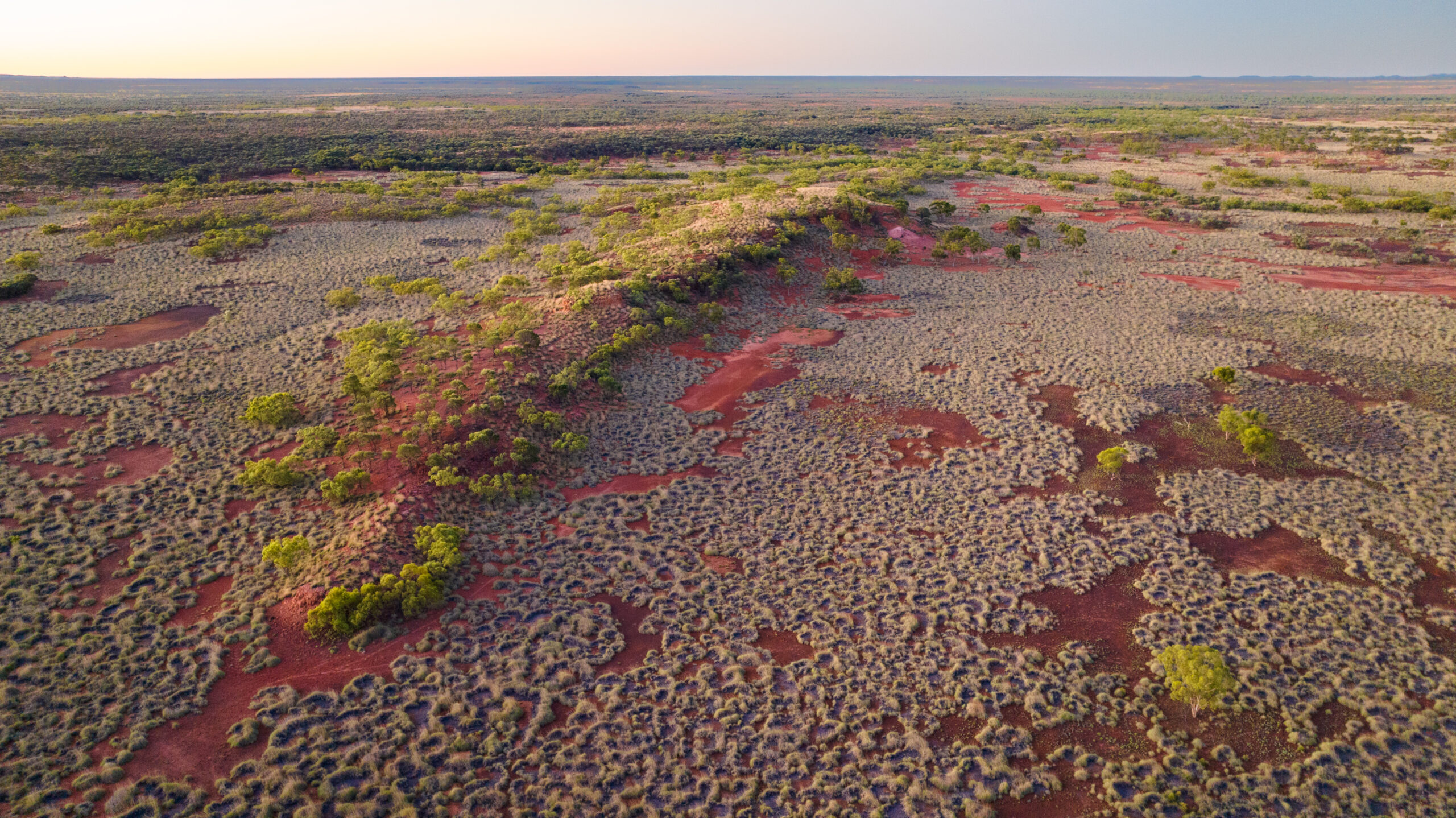
With the help of The Nature Conservancy and a benevolent $21 million philanthropic donation – believed to be the largest single sum for conservation acquisition in Australia to date – the Queensland Miles Government yesterday announced former grazing property Vergemont Station has been purchased to expand Queensland’s Protected Area Estate to more than 15 million hectares.
A January 2024 poll conducted by the Queensland Conservation Council revealed that 77 per cent of respondents agreed more land should be set aside for national parks. Queensland has twice as many endemic plant and animal species as other Australian states and territories, yet the state has had the lowest percentage of protected areas in Australia for decades. Some 98 per cent of Vergemont Station consists of remnant vegetation. The station abuts two proposed new parks and spreads across two bioregions, with habitat including 34 regional ecosystems and much-needed mulga woodlands.
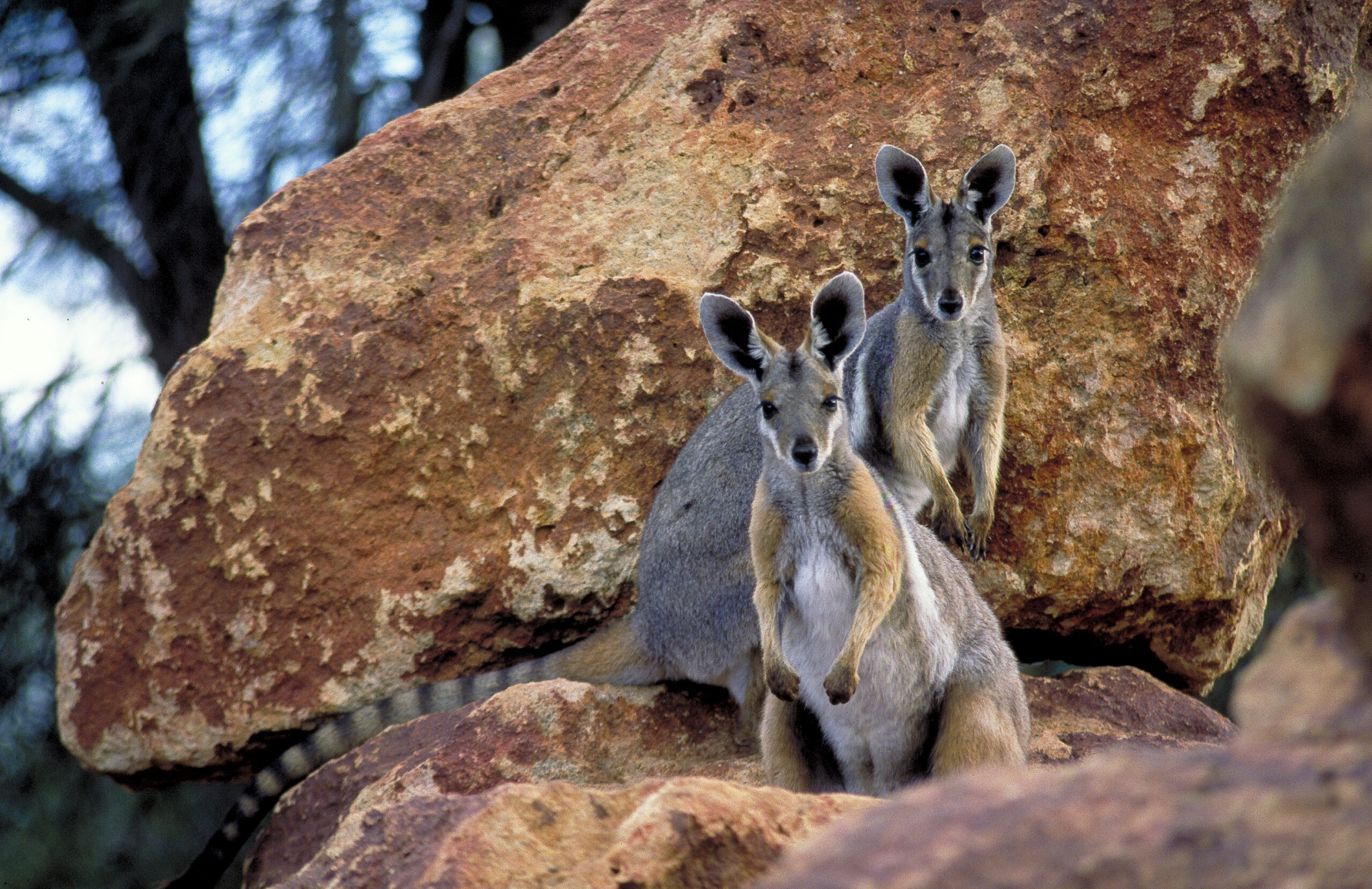
NPAQ’s collaborative commitment to the Protect Beautiful Queensland campaign encourages appreciation of all national parks, however new or off the beaten track. After a wet start to 2024, parts of Western Queensland are in flood, an occurrence that sees rainwater sluice from the wet tropics and flow south to replenish the Channel Country. “Seeing inland habitats bloom is an experience visitors will remember their entire lives,” NPAQ’s CEO enthuses. “We hope this new park encourages more travellers to wander westward to appreciate the region’s grandeur and to provide jobs for Traditional Owners and locals in the region.” Queensland’s Indigenous Land and Sea Ranger Program is an excellent example of how, with First Nations leadership, green initiatives can tap into millennia of cultural expertise in land management and boost regional economies.
Protect Beautiful Queensland’s first Week of Action (20–28 April) will host family friendly events in national parks, state forests and conservation areas, including koala spotting, bushwalking and tree planting. “NPAQ would love to expand Protect Beautiful Queensland and Kids in National Parks programs to help new parks thrive,” adds Mr Thomas. “On an individual level, time spent in nature is great for our physical and mental wellbeing. On a collective level, it kindles a passion for caring for our planet at large.” To join Protect Beautiful Queensland’s Week of Action, visit protectqueensland.org.au
